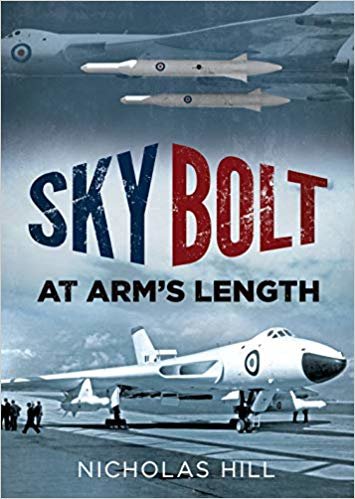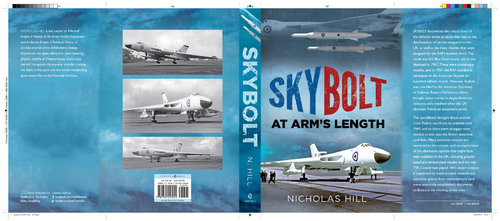- Joined
- 29 January 2008
- Messages
- 873
- Reaction score
- 1,617
The untold story of the hitherto secret projects that lead to the development of inertial navigation in the UK, and the many missiles that were designed for the RAF’s bomber force. The result was the Blue Steel missile, which was deployed in 1963. These were cruise type missiles, and in 1959 the RAF decided to participate in the American Skybolt air launched ballistic missile. But Skybolt was cancelled by the American Secretary of Defense, Robert McNamara, which brought about a crisis in Anglo-American relations, only resolved when the UK obtained Polaris on acceptable terms.
The cancellation brought about another crisis: Polaris would not be available until 1969, and so short-term stop gaps were needed to tide over the British deterrent until then. Many potential projects are examined in the book.
But what if the UK had not been able to obtain Polaris on acceptable terms? The final chapters examine what options would have been open to Britain: ground based missiles or air launched missiles? What part could the TSR 2 have played in this?
The book is the result of much archival research, and there are extensive quotes from contemporary documents to illustrate the thinking of the time.
This title will be released on December 3, 2019
The cancellation brought about another crisis: Polaris would not be available until 1969, and so short-term stop gaps were needed to tide over the British deterrent until then. Many potential projects are examined in the book.
But what if the UK had not been able to obtain Polaris on acceptable terms? The final chapters examine what options would have been open to Britain: ground based missiles or air launched missiles? What part could the TSR 2 have played in this?
The book is the result of much archival research, and there are extensive quotes from contemporary documents to illustrate the thinking of the time.
This title will be released on December 3, 2019


